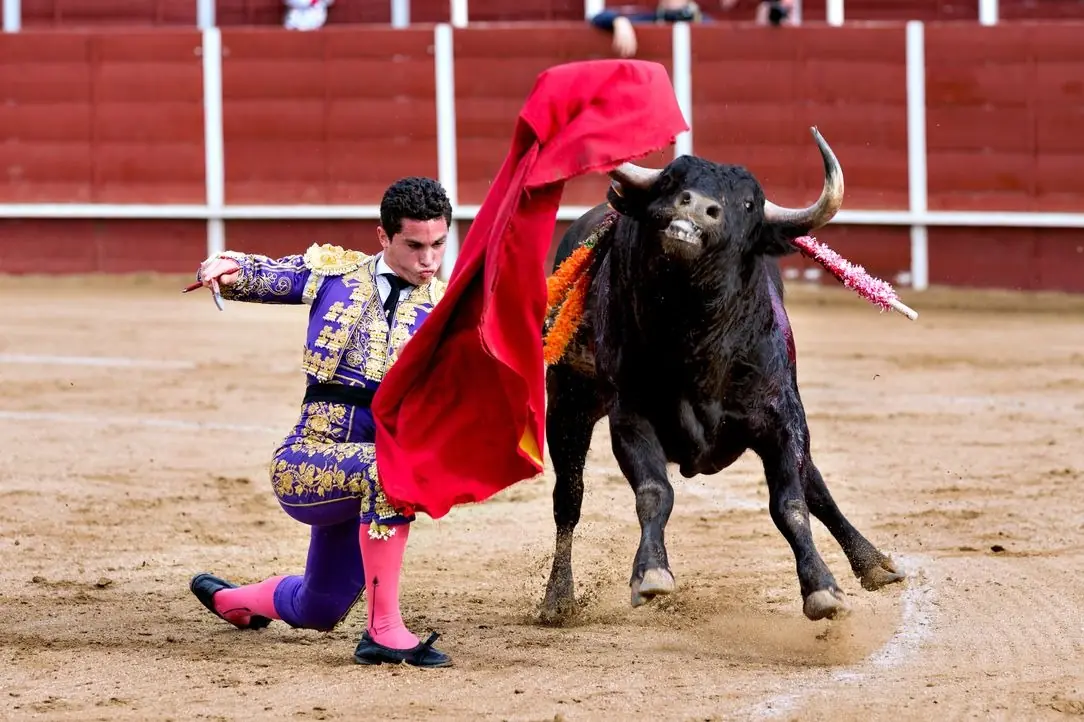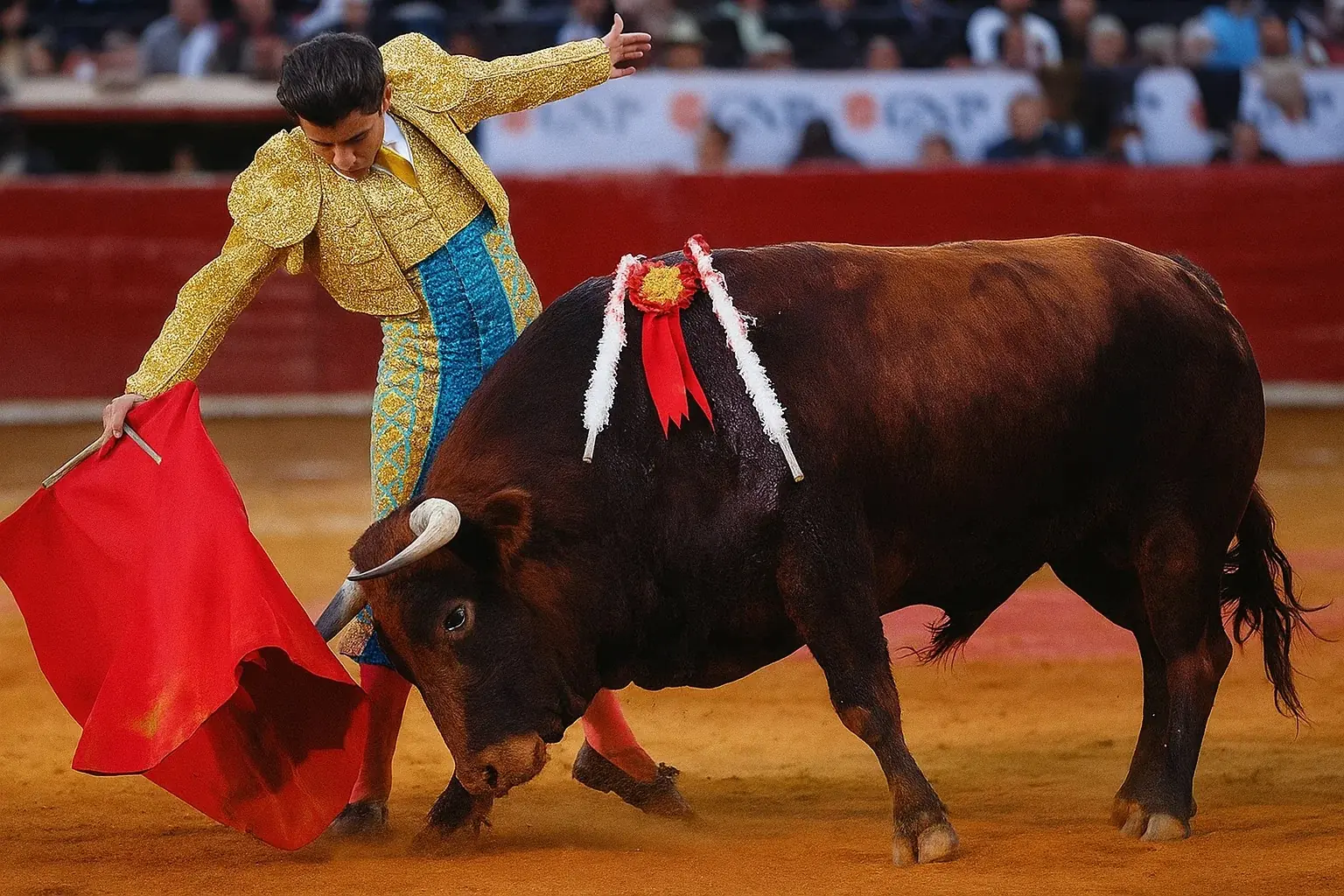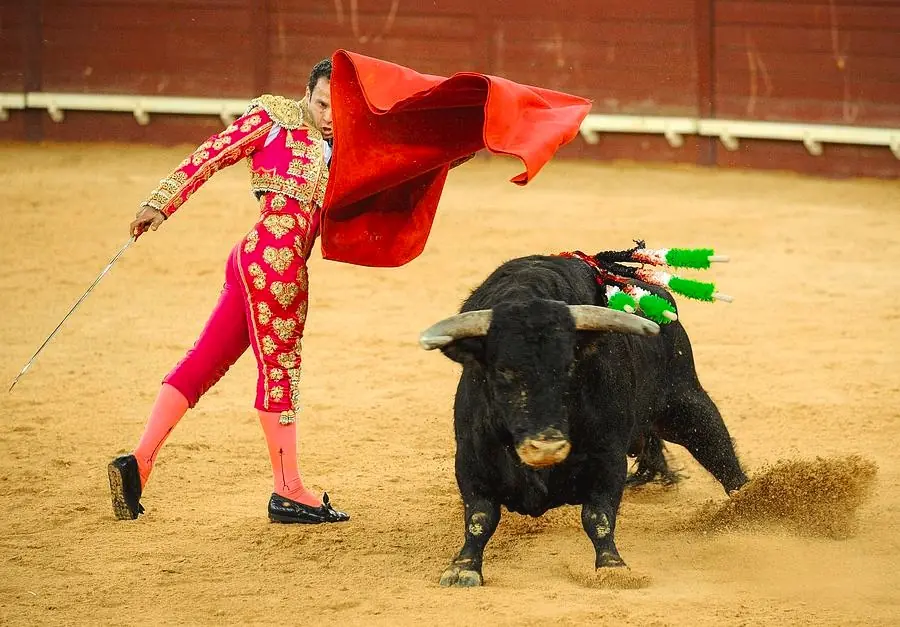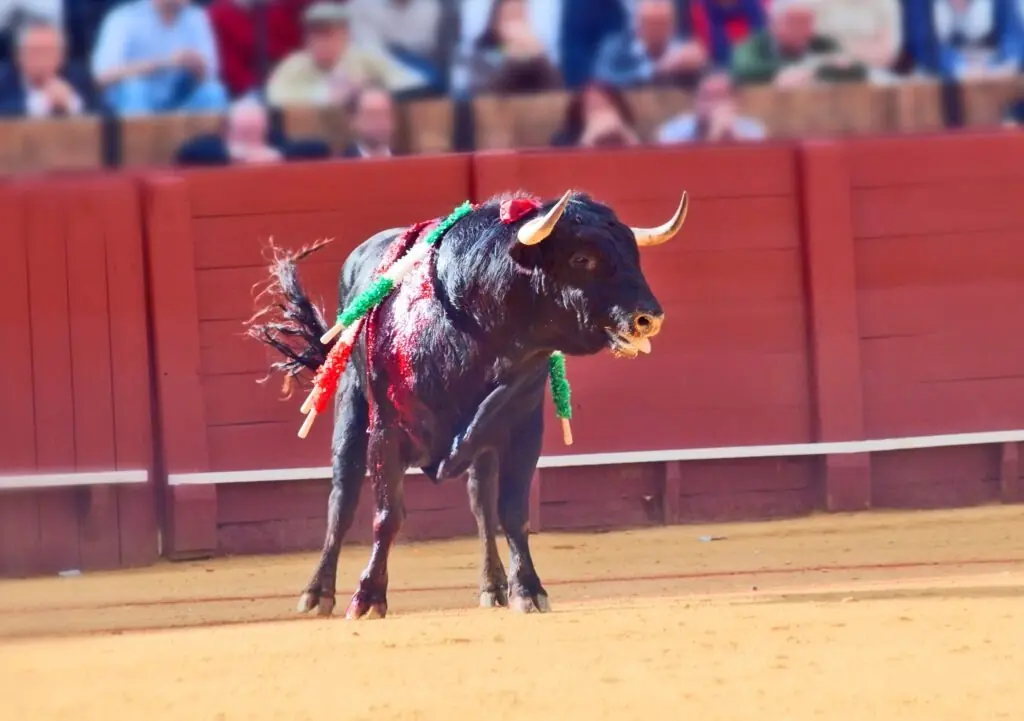
It’s Over! Mexico City Ends 500-Year-Old Bullfighting Tradition for Good
After more than 500 years of tradition, Mexico City has enacted a historic change: lawmakers have banned violent bullfights involving the torture or killing of bulls, marking a pivotal cultural shift in one of the world’s most renowned bullfighting capitals. Rather than discarding the tradition completely, the city is reimagining it—preserving the artistry, ceremony, and spectacle while removing the bloodshed that has drawn criticism from animal rights advocates and progressive voices.
This new approach navigates a sensitive tension between entrenched cultural heritage and evolving ethical standards. The question now is whether Mexico City can retain the essence of bullfighting without harming animals.

The Ban: What Exactly Is Changing?
The recent legislation prohibits any public event in which bulls are injured or killed. This effectively ends traditional bullfighting—the classic confrontation between matador and bull culminating in death. Violators may face fines and, potentially, criminal charges under animal cruelty laws.
Yet the law does not outlaw bullfighting in full. Instead, it permits non‑violent "bloodless bullfights" (corridas incruentas), which preserve the ceremonial choreography—capes, passes, and matador flourishes—but without swords or spears. The aim shifts to artistic rhythm and ritual rather than domination or killing.
Why Now? Public Opinion and Political Momentum
Support for ending violent bullfights has been growing steadily. For years, animal welfare groups have denounced the sport as cruel and outdated. Meanwhile, broader public sentiment—especially among younger generations—has shifted sharply. A 2022 Parametría survey found over 70% of Mexicans oppose bullfighting, even though it was once widely celebrated.
Politically, the bill reflects this shift. Mexico City legislators cited animal welfare as central to their decision. Legislator Jorge Gaviño, one of the bill's co-authors, argued, “This is not a decision against tradition, but a step toward becoming a more ethical society.”
Other Mexican states—such as Sinaloa, Guerrero, and Quintana Roo—have already banned bullfighting entirely. Mexico City’s move may herald a broader transformation across the nation.

The Cultural Weight of Bullfighting in Mexico
Introduced by Spanish colonizers in the 16th century, bullfighting evolved into a distinctly Mexican expression—an art form intertwined with identity, pride, and ritual. Plaza México, the world’s largest bullring, has long hosted events drawing tens of thousands.
Supporters view bullfighting not as mere sport but as cultural heritage: matadors are folk icons; costumes, music, and choreography carry deep symbolism; and performances embody ideals like bravery, grace, and honor.
But critics argue that the tradition’s central violence is indefensible. This legislative change reflects a broader cultural crossroads—one in which Mexico must decide whether its historical customs can adapt to modern views of compassion and respect.
Bloodless Bullfighting: What Will It Look Like?
Bloodless bullfights are not new—variations exist in parts of Spain, Portugal, and the U.S. These non-violent events often involve trained bulls and mimic traditional rituals without the lethal conclusion.
In Mexico City’s future format, bulls might still charge at capes or perform classic movements, but no stabbing or bleeding would occur. Matadors may use Velcro‑tipped spears—designed to attach harmlessly to padded targets on the bull’s coat, purely for show.
Other proposed formats include choreographed routines featuring mechanical bulls, or symbolic duels that emphasize skill and rhythm over physical harm. The goal is to uphold dramatic tension without inflicting pain.

Economic and Industry Impacts
Bullfighting supports a multi-million-dollar industry in Mexico, sustaining ranchers, craftsmen, musicians, tourism vendors, and event staff. Critics warn that banning traditional bullfights could devastate rural economies reliant on breeding and training bulls.
Yet proponents argue that cruelty-free versions could unlock new economic opportunities. By offering family-friendly, non-violent spectacles, venues might attract more diverse audiences, including tourists from countries where animal rights are deeply valued.
In effect, the ban may serve as a pivot, not an endpoint, potentially revitalizing the industry under a more ethical model.
Animal Welfare Advocates Celebrate a Milestone
Animal rights organizations such as AnimaNaturalis, PETA Latino, and México Sin Toreo have welcomed the legislation as a major victory. For decades, they have protested bullfights, citing the pain and fear inflicted on animals.
Some activists argue that even bloodless bullfights should eventually be phased out, contending that they may still stress animals and normalize spectacle. Nonetheless, most regard this legal shift as a crucial step forward.
Luisa Ramírez of México Sin Toreo commented, “We’re finally seeing empathy reflected in law. This decision shows that traditions can evolve.”

Not Everyone Is Applauding
Opponents see the ban as an assault on cultural heritage and artistic freedom. Prominent matadors have condemned the law as a betrayal, arguing that removing violence reduces bullfighting to mere performance and undermines its symbolic meaning. Some unions and associations have already filed challenges at Mexico’s Supreme Court, while underground events may persist if public demand remains.
A Global Ripple Effect?
Mexico City’s move may influence other nations that still allow bloody bullfights—such as Spain, Colombia, Ecuador, and Peru. Unlike those countries, Portugal already bans bull-killing in the ring (though bulls may be euthanized afterward).
By demonstrating that a bullfighting capital can innovate ethically, Mexico City could inspire reforms across the global bullfighting community. This is especially symbolic given Mexico’s status as one of the last cultural strongholds for the violent version.
Can Culture Survive Without Cruelty?
This transformation poses a profound question: can a practice rooted in violence be reimagined into something humane while retaining its cultural significance?
For centuries, bullfighting has symbolized courage, ritual, and identity. But as generational values evolve, its meaning is being reinterpreted. Mexico City’s approach—preserving spectacle while eliminating suffering—is an experiment in ethical tradition.
Will audiences cheer just as loudly for performances without blood? Will matadors feel genuine fulfillment without the final thrust of a sword? Only time will reveal the answers.
What is certain, however, is that Mexico City has made a bold statement: tradition no longer requires sacrifice. The future of bullfighting may just be one where heritage and compassion coexist.
News in the same category


Urgent warning issued to all iPhone users following release of iOS 18.6

Skywatchers Delight: Dual Meteor Showers And Upcoming Celestial Events

Global Tsunami Alarms Following 8.8‑Magnitude Earthquake—Sixth Strongest On Record

Volcano Eruption Adds To Chaos After 8.8-Magnitude Quake Rocks Russia’s Far East

Terrifying Optical Illusion Of A Woman Only Visible At A Certain Angle Leaves People Freaking Out

3-year-old boy finds a 16th century gold pendant worth $4M while playing with his dad’s metal detector

You’ll Never Guess What Happened at These 3 Weddings

Ancient Warning Emerges On Hawaiian Shore Days Before Massive Earthquake

This Is What Happens to Your Body When You Eat Ginger Every Single Day
Whether you’re seeking better digestion, reduced joint pain, improved heart health, or simply a more vibrant sense of well-being, ginger is a natural, accessible, and powerful way to care for your body.

Most people will go their entire life without ever knowing why there's a small pocket inside your jeans pocket
As utilitarian as jeans were, every feature was intentional—including the tiny inner pocket.

The hidden ‘lid’ that’s stopping Yellowstone from exploding has been discovered.

Scientists Warn the Gulf Stream Is on the Verge of Collapse with Apocalyptic Consequences

How to Spot a Fake Friend: 13 Unmistakable Signs They Can’t Hide

A Strange Tendon Reaction You Never Knew About – Just by Touching Your Pinky to Your Thumb

Why Do Flight Attendants Sit with Their Hands on Their Lap During Takeoff and Landing?

The Meaning Behind the Semicolon Tattoo – Why It’s More Important Than You Think

The Vegetarian vs. The Meat-Eater Twins: Which One is Healthier? Study Reveals the Surprising Outcome
News Post

Chaos as cruise ship passengers 'left behind' following major tsunami in Hawaii

Urgent warning issued to all iPhone users following release of iOS 18.6

13 of The Best Natural Muscle Relaxers to Help With Cramps

Military Sleep Method Is 96% Successful and Will Send You to Sleep in Two Minutes

WHAT DO THESE RED DOTS ON YOUR SKIN MEAN?

Skywatchers Delight: Dual Meteor Showers And Upcoming Celestial Events

Global Tsunami Alarms Following 8.8‑Magnitude Earthquake—Sixth Strongest On Record

7 Early Signs Your Heart May Be in Danger – Don’t Ignore #3!

If you have these two holes in your back, it means you don’t…Read more

Volcano Eruption Adds To Chaos After 8.8-Magnitude Quake Rocks Russia’s Far East

Scientists Spark Debate Over Interstellar Visitor’s Strange Behavior

Exact amount of time one single cigarette takes off your life revealed in new study

Breakthrough male birth control pill just passed human safety testing

Terrifying Optical Illusion Of A Woman Only Visible At A Certain Angle Leaves People Freaking Out

3-year-old boy finds a 16th century gold pendant worth $4M while playing with his dad’s metal detector

You’ll Never Guess What Happened at These 3 Weddings

What Mixing Vinegar, Salt, and Water Does?

Doctors Warn: These 2 Daily Habits Are Destroying Kidneys—Many Lose Both Before Age 30
Doctors warn that both of these habits—excessive sodium intake and overuse of paink:illers—are preventable.

Ancient Warning Emerges On Hawaiian Shore Days Before Massive Earthquake
